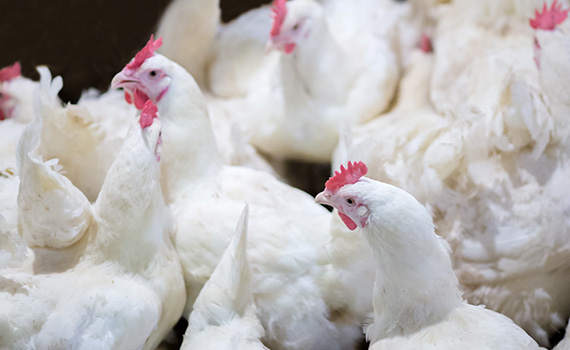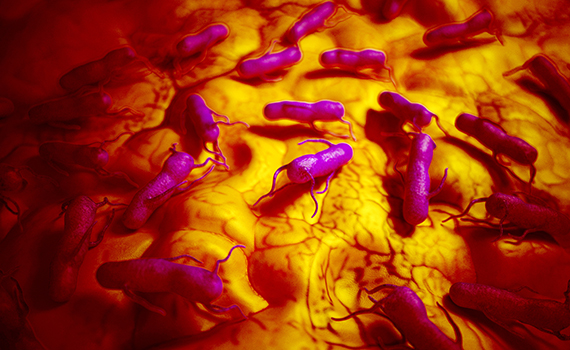Research focusing on new controls for coccidiosis, relationship with Salmonella
Alternative products for coccidiosis control remain the focus of research, but so far, the results are inconsistent, Sam Hendrix, DVM, veterinarian and researcher at Colorado Quality Research, told Poultry Health Today.
Because coccidia affect both necrotic enteritis and Salmonella, the search is on for interventions that potentially affect all three diseases.
He noted that of the major coccidial species — Eimeria acervulina, E. maxima and E. tenella — E. maxima appears to have the biggest influence on the Salmonella load.
It’s important to understand interactions in the bird’s gut that enable coccidia to flourish, leading to an environment favorable for development of necrotic enteritis and higher loads of Salmonella.
The poultry industry is moving away from some antibiotics and uses more enzymes and alternative products, but it needs to develop a better understanding of how these additives affect the intestinal tract, Hendrix said.
In the meantime, one of the most important steps that producers can take to reduce and control coccidiosis is keeping litter dry, Hendrix said.
Posted on August 2, 2018
 We’re glad you’re enjoying
We’re glad you’re enjoying










